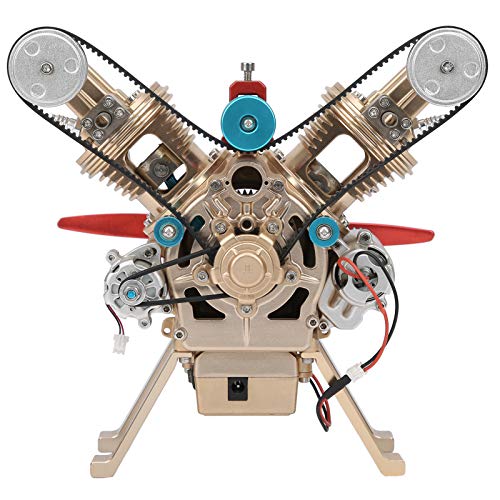I have been reading a few posts on here trying to get some info on engines built using CO2 as a power source and ran across JAndrew's thread on air engine design. I dont want to stry his thread so I figured I would start a new one. It had some pretty good info design wise and answered some questions I had on piston diameter vs stroke and its effect on power. One poster noted a certain design but excluded CO2 engines as being different (unless I read it wrong).
On that note how are CO2 engines made? What pressures do a gas and diesel full size engine normally run in the cylinder? Turbines are past my skill level but a piston engine would be interesting. I read over the post about making the desktop CO2 engine for a son but that was about all I saw.
How would you handle heating the engine so it doesn't just freeze up? Looking at the CO2 phase diagram if you could keep the system pressurized to 100 psi it wouldn't turn to a solid. However it will be below zero temperature wise. Are there certain plastics or other materials you think would be good candidates to use?
Thanks for any help or ideas.
On that note how are CO2 engines made? What pressures do a gas and diesel full size engine normally run in the cylinder? Turbines are past my skill level but a piston engine would be interesting. I read over the post about making the desktop CO2 engine for a son but that was about all I saw.
How would you handle heating the engine so it doesn't just freeze up? Looking at the CO2 phase diagram if you could keep the system pressurized to 100 psi it wouldn't turn to a solid. However it will be below zero temperature wise. Are there certain plastics or other materials you think would be good candidates to use?
Thanks for any help or ideas.
































































